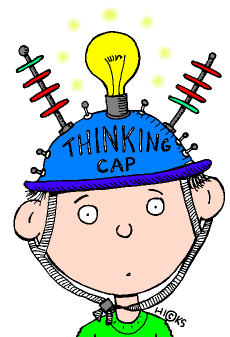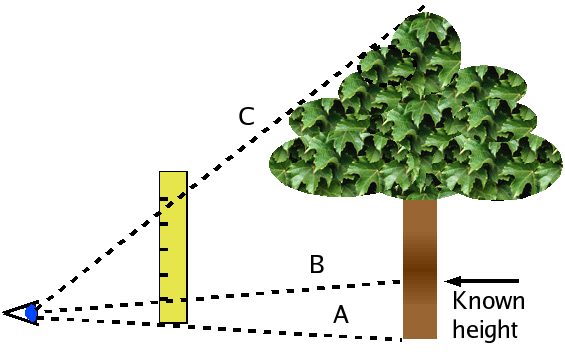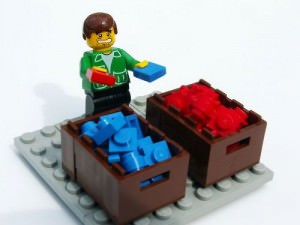"Your beliefs about what it means to know and do mathematics
and about how students make sense of mathematics
will affect how you approach instruction"
(Van de Walle, Karp & Bay-Williams, 2013).
I love the challenge of solving mathematical problems and finding a variety of ways to solve them. Thus, I see that reflected in my day to day life, from home to work. I would think about the shortest way to go home from a certain place, how I could avoid the crowds if I went a certain way or how I would hang my clothes in a certain way to allow me to hang more out to dry. I believe that up to a certain amount of mathematics I had learned in the past, it is very much applicable to our daily life. This belief makes my teaching approach of mathematics in the classroom hands-on in most events.
In the Common Core Standards, one of the points was to Model with Mathematics and I feel that my role as a teacher would be to help children translate the math concepts to reality. Take for example, there are many occasions in our life where we would be required to sort things. The following pictures of sorting toys to the daily routines we have of sorting our clothes for laundry.
Problem solving strategies are applicable in mathematical problems as well as in our day to day activities. I think that it is important to teach problem solving strategies to children and they should be encouraged to persevere in solving the problems they face. The following picture shows a simple process of problem solving.

 To Use Appropriate Tools Strategically is another one of the Common Core Standards of Mathematical practice. I believe that it is important through our instructions to show children flexibility and a variety of ways or tools to work around a problem. Take for example, how do we find the closest estimated height of a tree if it was really tall and no ladder could reach to the top? We would have to rely on tools and estimation.
To Use Appropriate Tools Strategically is another one of the Common Core Standards of Mathematical practice. I believe that it is important through our instructions to show children flexibility and a variety of ways or tools to work around a problem. Take for example, how do we find the closest estimated height of a tree if it was really tall and no ladder could reach to the top? We would have to rely on tools and estimation. NCTM (2000) had mentioned, "Effective mathematics teaching requires understanding what students know and need to learn and then challenging and supporting them to learn it well" (p. 16). I agree that as a teacher, we should support students to learn the math concepts well and in depth, thus the curriculum should not be just aimed at covering numerous topics, instead covering the content in depth. Students need time to understand and grasps concepts.
As an early childhood educator, I believe that it is important to have a good knowledge of the content we intend to teach as well as being well read beyond the content itself. It is also important to possess a positive attitude towards the subject we are teaching, in this case, mathematics. Finally, I agree with the text that we as teachers should demonstrate a readiness for change as well as taking the time to be reflective to be able to better ourselves.




